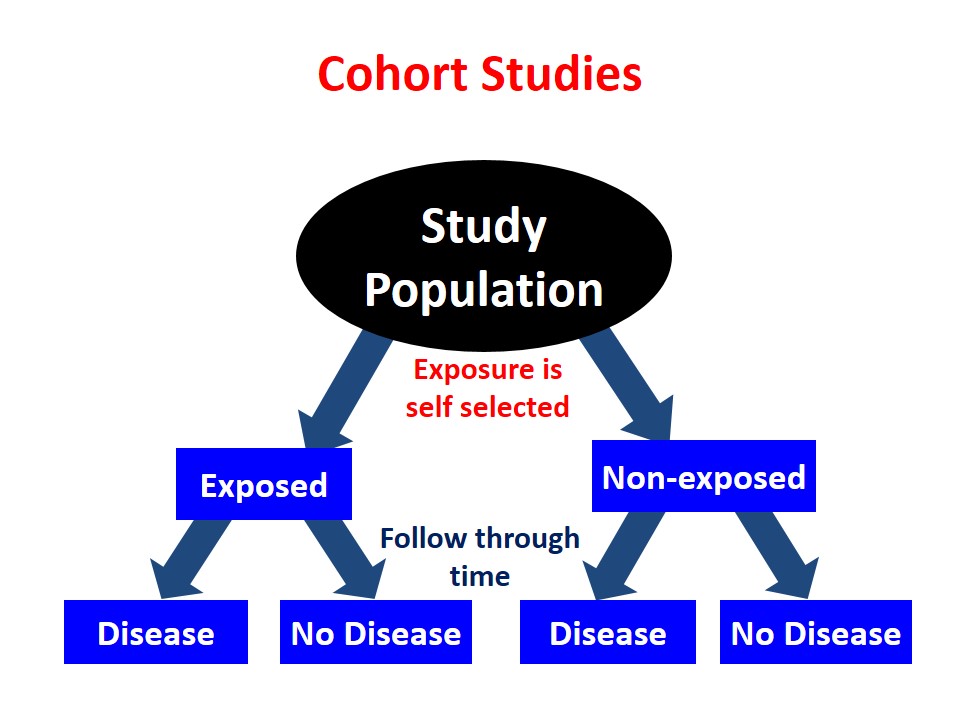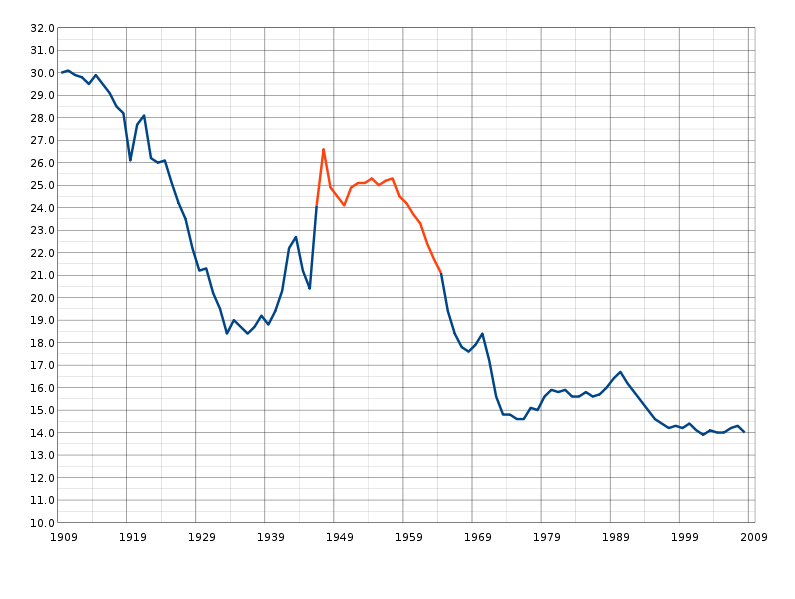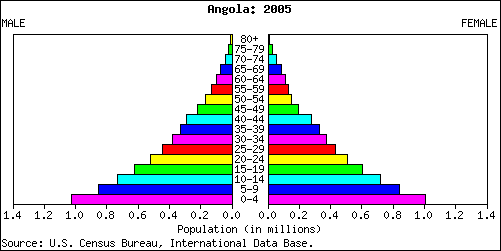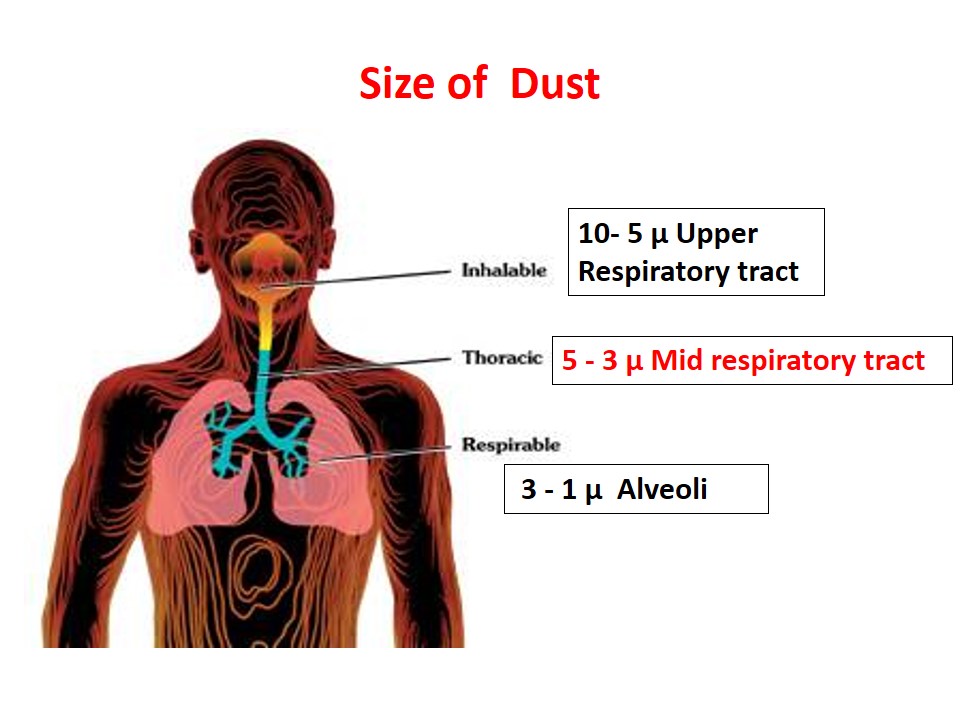Cohort is an ancient Roman military unit of 300-600 men, a group of soldiers marching forward in battle. Cohort studies are longitudinal, prospective studies, forward looking studies or incidence studies. They start with people free of disease. They assesses exposure at “baseline” and disease status at “follow-up”.
2 x 2 Table
2 x 2 table is used to summarize counts of disease and exposure in order to perform calculations of association.
Here,
a = number who are exposed and have the outcome
b = number who are exposed and do not have the outcome
c = number who are not exposed and have the outcome
d = number who are not exposed and do not have the outcome
a + b = total number who are exposed
c + d = total number who are not exposed
a + c = total number who have the outcome
b + d = total number who do not have the outcome
a + b + c + d = total study population
Relative Risk (RR)
It is the “ratio of incidence of disease among exposed to incidence of disease among non- exposed”
Incidence among exposed
Relative Risk = ———————————-
Incidence among not exposed
The relative risk is the risk of disease in the exposed group divided by the risk of disease in the non-exposed group. RR is the measure used with cohort studies
 Cohort Study Examples
Cohort Study Examples
• Study to determine if smokers have a higher risk of lung cancer
• Study to determine if children who receive influenza vaccination miss fewer days of school
• Study to determine if the Russian Salad was the cause of a food borne illness outbreak
Advantages of Cohort Studies
1. Temporality: Exposure precedes outcome because the cohort is disease free at baseline
2. Efficient for studying rare exposures
3. May be used to study multiple outcomes
4. Allows for calculation of incidence of diseases in exposed and unexposed individuals
5. Minimizes recall bias
Disadvantages of Cohort Studies
1. Tend to be expensive (large sample size) and time consuming (long follow-up period)
2. Loss to follow-up: When multiple outcomes or specific disease incidence is the outcome of interest, bias can be a serious problem
3. Inefficient to study rare diseases
Framingham Study Design
Framingham, Massachusetts population was 28,000. The study started in 1948. The study design called for a random sample of 6,500. Enrollment questionnaire from targeted age range 30-59 years was filled. Only those were included with no clinical evidence of atherosclerotic cardiovascular disease. Cohort was re-examined every two years.
Exposures included:
• Smoking
• Alcohol use
• Obesity
• Elevated blood pressure
• Elevated cholesterol levels
• Low levels of physical activity, etc.
Following hypotheses were generated:
• Persons with hypertension develop CHD at a greater rate than those who are normotensive
• Elevated blood cholesterol levels are associated with an increased risk of CHD
• Tobacco smoking and habitual use of alcohol are associated with an increased incidence of CHD
• Increased physical activity is associated with a decrease in development of CHD
• An increase in body weight predisposes a person to CHD
Types of Cohort Studies
1. Concurrent Cohort Study (prospective or longitudinal)
2. Retrospective Cohort Study (historical cohort or non-concurrent prospective study)
Both designs are identical, comparing exposed and non-exposed populations. The only difference is calendar time.
Concurrent Cohort Study
In concurrent cohort study, the investigator identifies original study population at the beginning of the study. The individuals are followed prospectively through time until disease develops or does not develop. Disadvantages of this type of study include:
1. Requires long follow-up time (years)
2. Expensive
3. Age of investigator may be a limiting factor
Retrospective Cohort Study
In this case, the cohort is defined from historical data and followed up for disease up to the present time. It can telescope the frame of calendar time for the study and obtain results sooner. Disadvantage of this type of study is that quality depends on the historical data that is available – both to define exposure and to identify the outcome.
Assessment of Exposure
Techniques used to measure exposure include questionnaires (age, smoking habits), laboratory tests (cholesterol, hemoglobin), physical measurements (height, weight, blood pressure) and various special procedures (EKG, x-rays). Quantifying exposures includes information such as date of onset, frequency of exposure and duration and intensity of exposure.
Exercise
How would you design a cohort study of the association between preterm delivery and cigarette smoking?
Results
1. An exposed and a non-exposed group would first be identified e.g.) women presenting to a local county health department for prenatal care would be classified by smoking status – smokers and non-smokers.
2. These women would be followed to determine whether or not preterm delivery occurred.
3. The rates of the preterm delivery would be compared among the smokers and non-smokers.
4. The objective of the cohort study is to test a hypothesis regarding the causation of disease.
5. The group of persons to be studied (cohort) are defined in terms of characteristics manifest prior to appearance of the disease being investigated.
6. The defined study groups are observed over a period of time to determine and compare the frequency of disease among them.
 howMed Know Yourself
howMed Know Yourself





